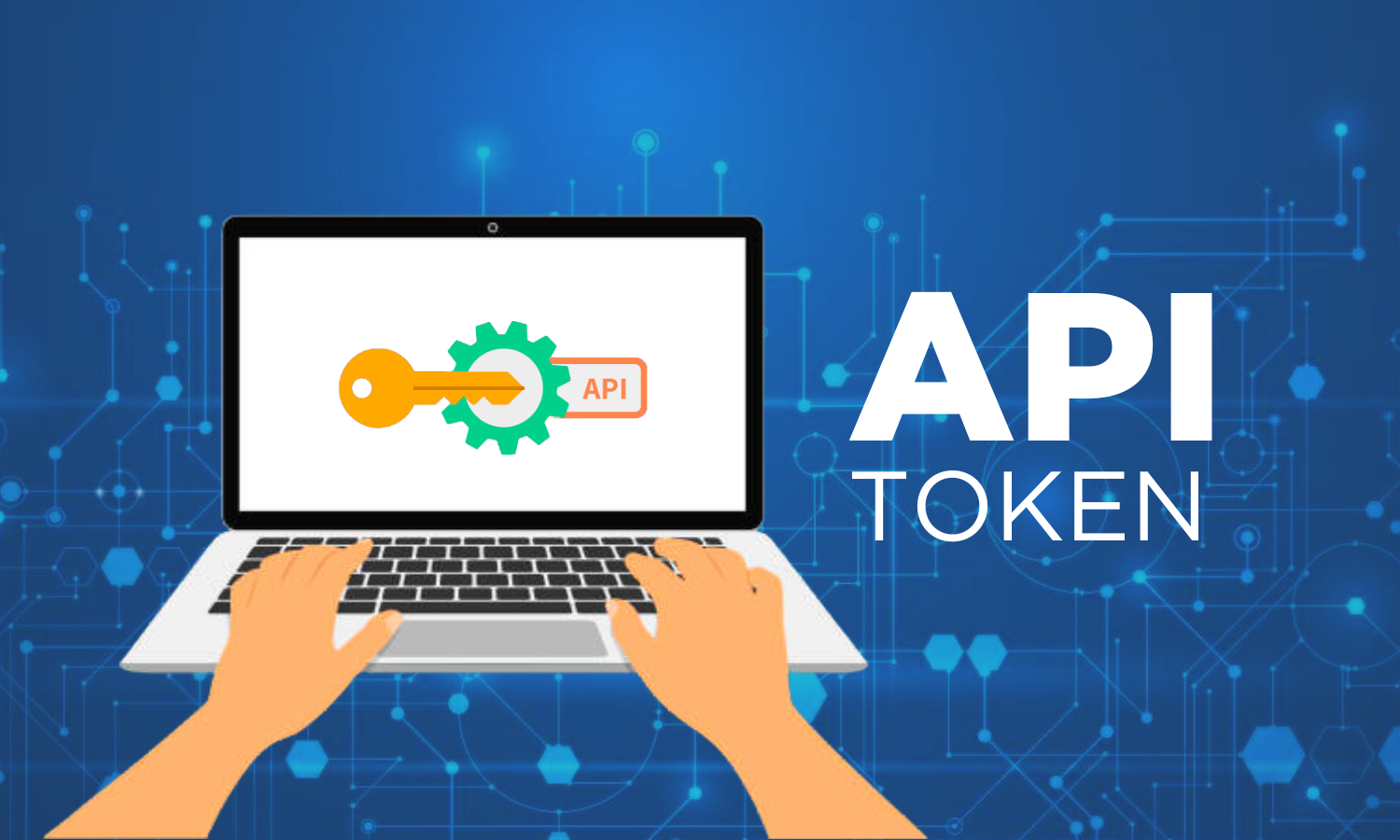

Updated · Feb 11, 2024
Updated · Nov 16, 2023
Syed Balkhi is the founder of WPBeginner, the largest free WordPress resource site. With over 10 yea... | See full bio
April is a proficient content writer with a knack for research and communication. With a keen eye fo... | See full bio
WordPress is used by more than 810 million websites globally. Due to its popular demand, the platform is susceptible to hacking.
It’s a safe guess that 4.7 million WordPress sites are hacked every year. This equates to 13,000 sites being compromised daily. Some of these incidents are due to brute force attacks.
Changing your WordPress login URL is one great way to avoid online threats like brute force attacks. Fortunately, there are three simple and effective ways to do this.
Dive in.
WordPress websites have default URL slugs for signing into the backend: wp-login and wp-admin. Hackers know this, so they use brute force attacks to access your website.
About 16% of site-hacking activities are through brute force attacks. These attacks are trial-and-error methods of guessing passwords and usernames of a website.
Hackers use automated scripts that try to guess your login credentials repeatedly until they eventually get them right.
Once hackers succeed with such an attack, it can mean danger for both the site owner and the users. Check out some of the effects of a brute force attack:
An easy way to thwart such activities is to change your WordPress login URL. When hackers can’t find your login pages, it makes it much harder for them to try and force their way into your site.
Look at three powerful and easy ways to create a custom WordPress login URL, making it harder for hackers to gain access.

Find out how each method works below.
If you are not tech-savvy or want to save time to customize your WordPress login URL, your best option is to use a plugin.
You can use SeedProd to create a new custom login page in a flash. This tool can greatly help your marketing campaigns with its numerous templates for powerful landing pages.
Here’s how you can use SeedProd to set up a plugin:
Go to your WordPress dashboard. Navigate to Plugins > Add New.

Search for SeedProd and click Install Now.

Hit Activate to launch the plugin. Make sure to get the SeedProd premium version with the Login URL template.
Activate the subscription by entering your product license key on SeedProd > Settings.

|
Note: You can get your product license key in your account information when you sign up on SeedProd’s site. |
Once your plugin is activated, go to SeedProd > Landing Pages. Find the Set up a Login Page template button.

This will take you to a page with multiple templates for login pages. Select one from the pre-made templates. You can also start from scratch and build one using the Blank template option.
Once you select a template, a pop-up box will appear, asking you for your page name and the custom login URL you want.
This is where you create a unique login URL different from the standard wp-admin slug.

You can start customizing your login page to look as minimalist or colorful as you like. Exercise your branding to the maximum and add your brand colors, logo, and more.

|
✅ Pro Tip If you want to set up your custom login URL for FREE, use WPS Hide Login. You can customize your WordPress Login URL at no cost in just a few steps. |
If you’re comfortable making coding changes and don’t want to use a plugin, this method is for you!
|
🛠️ What You Need These are things that you must have before making changes to your login file:
|
Start by making a backup of your WordPress site. It is crucial to have a copy of your website that you can re-upload anytime if something goes wrong.
Alternatively, make sure that your hosting provider maintains backups of your site.
Head to your File Manager. Note that the screenshots below are from Bluehost’s system.

Next, look for the public_html file and find wp-login.php. Download it to your computer.

Open this file in your text editor platform. Search for every mention of ‘wp-login’ in the file.

Replace it with something different across all instances in the file. Make sure it’s relevant and memorable. For example, you can change it to something like member_login.php.
Once you’re done, save and close the file. Rename the file itself. It should go from ‘wp-login’ to ‘member_login’ or whatever you choose.
Go back to your file manager and upload this new file.
The final and most important step is to register this new login file URL. To do this, use the filer hook ‘login_url’.
Add the following code to your theme functions file:
|
/* * Change WP Login file URL using "login_url" filter hook * https://developer.wordpress.org/reference/hooks/login_url/ */ add_filter( 'login_url', 'custom_login_url', PHP_INT_MAX ); function custom_login_url( $login_url ) { $login_url = site_url( 'member_login.php', 'login' ); return $login_url; } |
Save this file and test your new login URL. Type your website address in a browser address bar and add member_login or the URL slug you opted for.
Lastly, delete the original wp-login.pho file from the File Manager.
The .htaccess file is an important configuration file that affects many critical aspects of your site.
This method works similarly to the second one, but this is more straightforward. Follow the steps below to learn how:
|
⚠️ Warning Be very careful when editing the .htaccess file. It is a vital configuration file. Any error when updating the file can change how your site behaves. |

|
RewriteRule ^login$ http://website.com/wp-login.php [NC,L] |
For example, insert ^member_login$. This will change the login URL for your WordPress site.
Changing your WordPress login URL is a proactive step toward safeguarding your website from malicious attacks.
Whether you use a plugin or make manual changes, this security measure can boost your site's protection.
By keeping hackers guessing and reducing the chances of brute force attacks, you're strengthening your site along with your own digital presence.
The default login URL is "http://www.yourdomain.com/wp-login.php" or "http://www.yourdomain.com/wp-admin." You can access your login page by adding the slug ‘wp-admin’ or ‘wp-login’ to the end of your primary domain name.
Hackers may attempt to initiate brute force attacks on your website. Creating a unique login URL reduces the risk of being targeted and increases your site security.
Some plugins may direct to the default login URL. This could lead to you getting locked out of your site. You might also forget your new login URL. Aside from that, a new login URL can confuse users who are used to the default URL.
Limiting login attempts means blocking a user from trying to log in after several attempts. However, this method isn’t better than changing login URLs since people forget their passwords. You don’t want to block real users.
Your email address will not be published.
Updated · Feb 11, 2024
Updated · Feb 11, 2024
Updated · Feb 08, 2024
Updated · Feb 05, 2024



